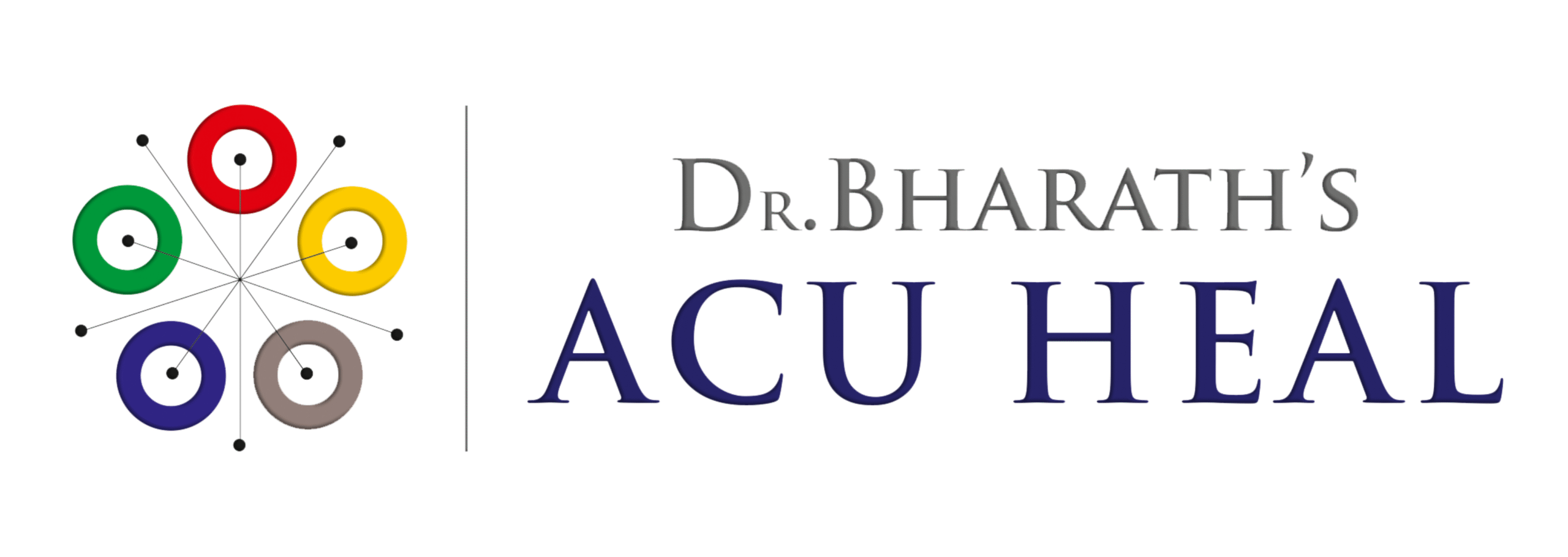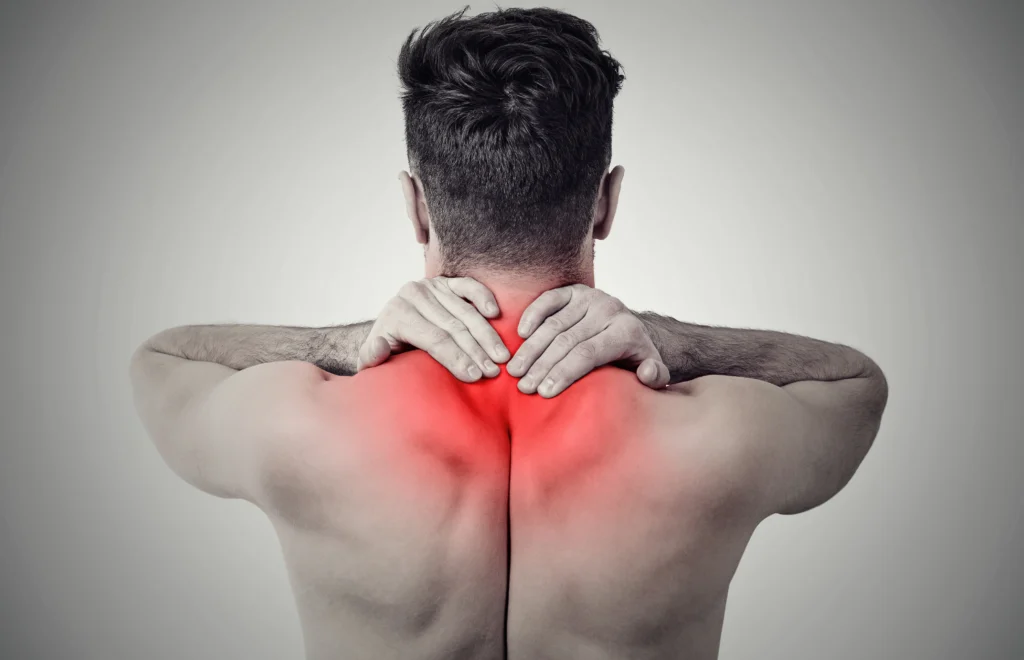Have you ever had sore shoulders, tight calves after exercise, or felt like your whole body is stiff and painful? You’re not alone. Muscle pain is very common. It can happen because of stress, workouts, or health problems.
But what if there’s a natural way to feel better—without medicine or side effects?
That’s where acupuncture comes in. This is an old healing method from China that people have used for thousands of years. Today, even athletes and office workers use it to recover faster, feel less pain, and improve how their body works.
What is Acupuncture?
At its core, acupuncture is a therapeutic technique rooted in Traditional Chinese Medicine (TCM). It involves inserting thin needles into specific points on the body, known as acupoints, to stimulate healing.
Think of your body as a network of highways where energy—called Qi flows. When there’s a traffic jam (blockage), you get pain or illness. Acupuncture is like traffic control—it opens up those blockages and gets everything moving again.
Learn more about how acupuncture works
How Acupuncture Helps with Muscle Pain
Acupuncture doesn’t just mask pain—it promotes healing. When a needle is inserted into a muscle knot or trigger point:
- It increases blood flow to the area
- It relaxes tight muscles
- It reduces inflammation
- It releases endorphins (your body’s natural painkillers)
This combination not only relieves pain but helps your body recover faster.
Scientific Backing: Is There Proof?
Yes! Numerous studies have shown acupuncture to be effective for treating musculoskeletal pain.
A 2020 meta-analysis in BMJ found acupuncture significantly reduced chronic pain compared to sham acupuncture and no treatment. In muscle recovery, studies have shown improved flexibility, reduced soreness, and faster tissue repair.
Acupuncture vs. Painkillers
Painkillers offer short-term relief. Acupuncture offers long-term healing.
While over-the-counter meds like ibuprofen or paracetamol dull the pain, they don’t address the root cause. Acupuncture, on the other hand, tackles the source—be it inflammation, nerve irritation, or poor circulation.
Plus, you avoid side effects like stomach upset or dependency.
The Acupuncture Process: What to Expect
Nervous about needles? Don’t be.
Here’s how a typical session goes:
- Consultation: The practitioner asks about your pain, lifestyle, and history.
- Treatment: Tiny, sterile needles are inserted into acupoints. Most people feel a tingling or dull ache—rarely pain.
- Relaxation:You rest for 20–30 minutes while the needles do their magic.
- Post-care tips: Hydration and light movement are encouraged after the session.
Common Conditions Treated
Acupuncture is used to treat a wide range of muscle-related issues:
- Back pain
- Neck stiffness
- Tight hamstrings or calves
- Tennis elbow
- Shoulder impingement
- Sciatica
- Delayed Onset Muscle Soreness (DOMS)
Benefits for Athletes and Fitness Enthusiasts
Athletes are increasingly adding acupuncture to their recovery toolkit. Why?
- Faster muscle repair
- Improved flexibility
- Better sleep and mental clarity
- Reduced injuries
Think of it as the secret weapon for recovery—no protein shake required.
Don’t miss this blog on acupuncture for sports injuries. section.
Can It Help Chronic Muscle Pain?
Absolutely. Chronic pain often involves more than just tight muscles—it can include nerve dysfunction, stress, and posture issues. Acupuncture helps by:
- Calming the nervous system
- Loosening muscle knots
- Balancing hormones
- Improving blood circulation
It’s also a great alternative if other treatments have failed. Find out more about managing chronic pain naturally.
Side Effects and Safety
Acupuncture is generally safe when performed by a certified practitioner. Side effects, if any, are mild:
- Slight bruising
- Temporary soreness
Always ensure your practitioner uses disposable, sterile needles and follows proper hygiene practices.
Here’s how to pick a qualified acupuncturist..
Combining Acupuncture with Other Therapies
Want to supercharge your recovery? Combine acupuncture with:
- Cupping
- Moxibustion
- body massage
- Yoga and stretch routine
This holistic approach can yield faster and more sustainable results.
How Long Before You See Results?
Some people feel relief after just one session. For others, it may take 3–5 sessions for noticeable changes.
Chronic or long-term muscle pain may require consistent treatment over several weeks. Your acupuncturist will develop a custom plan based on your condition.
Real-Life Success Stories
Here are just a few testimonials from those who’ve seen life-changing results with acupuncture:
Rajesh, 35, IT Professional: “My back pain from long hours at the desk was ruining my sleep. After 4 sessions, I could sit comfortably again.”
Nisha, 29, Marathon Runner: “Post-race soreness used to linger for days. Acupuncture has become my go-to recovery ritual.”
You can read more success stories on the Dr.Bharath’s Acu HealTestimonials Page.
Tips for Maximizing Recovery After Sessions
From working professionals with constant acidity to elderly patients with chronic indigestion — people are experiencing tangible relief through acupuncture. Many report:
- Stay hydrated to flush out toxins
- Avoid heavy workouts for 24 hours
- Get quality sleep to aid tissue repair
- Stretch gently to maintain muscle flexibility
- Eat nourishing foods to support recovery
How to Choose the Right Acupuncturist
Here are some tips:
- Look for certifications and licenses
- Check experience with muscular disorders
- Ask about sanitation and safety protocols
- Read reviews and testimonials
- Choose someone who listens and explains clearly
Find trusted professionals at Dr.Bharath’s Acu Heal Clinics.
Muscle pain doesn’t have to slow you down or become a permanent part of your life. With its roots in ancient wisdom and validation from modern science, acupuncture offers a powerful, natural way to relieve pain and restore movement.
So next time your muscles feel more “miserable” than “mobile,” consider giving acupuncture a try. You might just find the healing you didn’t know your body was waiting for.
FAQs
1. Is acupuncture painful for muscle pain relief?
Not at all. Most people describe it as a slight tingling or dull sensation. It’s generally relaxing, not painful.
2. How many sessions are needed for muscle recovery?
Mild pain may resolve in 1–2 sessions, while chronic issues might need 5–8 sessions for sustained relief.
3. Can acupuncture replace physiotherapy?
Not exactly. It complements physiotherapy well but is best used as part of an integrated treatment plan.
4. Is acupuncture safe for all age groups?
Yes, with proper technique, it’s safe for everyone from teens to seniors. Always consult a trained practitioner.
5. Will insurance cover acupuncture treatments?
Some insurers do, especially for pain management. It’s best to check with your provider or clinic’s billing team.
Acupuncture for hair growth is a natural, effective, and holistic approach to combat hair loss. If you’re in Chennai and looking for a safe alternative to chemical treatments, acupuncture might be the perfect solution for you!


